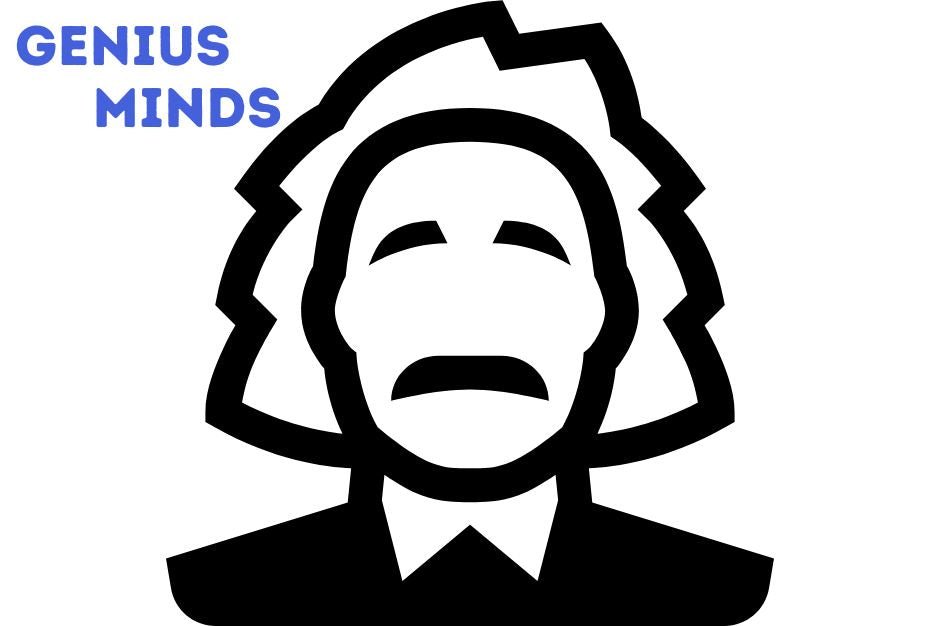Unusual Sleep Habits of Historical Figures
Sleep is a universal human experience, yet how we approach it can vary dramatically from person to person. Throughout history, some of the most influential figures have had unique and sometimes bizarre sleep habits that both reflected and influenced their work and lifestyles. From polyphasic sleep cycles to napping in strange places, these historical figures' unconventional sleep routines offer fascinating insights into their lives and their approaches to sleep health. If you aren’t aware of some of the psychological dangers of sleep deprivation, and even how it can make you dumber, click here!

Leonardo da Vinci: The Polyphasic Pioneer
Leonardo da Vinci, the quintessential Renaissance man, is often cited as an early adopter of polyphasic sleep. Instead of a single, long sleep, he purportedly took short naps every few hours. This method, known as the Uberman sleep schedule, allowed him to work on his myriad projects around the clock. By dividing his sleep into multiple short naps, da Vinci could theoretically maximize his waking hours and productivity. While this schedule might seem grueling by today’s standards, da Vinci's prolific output suggests he might have found an optimal balance for his own sleep health.

Nikola Tesla: The Minimalist Sleeper
Nikola Tesla, the brilliant inventor and electrical engineer, was notorious for his minimalistic sleep habits. He reportedly slept no more than two hours a night, supplemented by occasional naps. Tesla claimed that his rigorous schedule was essential for his creative and scientific pursuits. However, modern sleep health experts might argue that such severe sleep deprivation could have detrimental effects on cognitive function and overall well-being. Tesla's case highlights the fine line between genius and madness and raises questions about the true cost of his relentless drive.

Winston Churchill: The Strategic Napper
Winston Churchill, the steadfast British Prime Minister during World War II, was an avid napper. Despite his demanding schedule, Churchill insisted on a daily afternoon nap. He believed that a 90-minute rest in the afternoon allowed him to get “two days’ worth” of work done in one. Churchill's routine involved undressing and getting into bed, emphasizing the importance he placed on proper rest. His approach to sleep health, balancing intense work periods with restorative naps, is a testament to the effectiveness of strategic rest in maintaining high performance during stressful times.

Thomas Edison: The Reluctant Sleeper
Thomas Edison, the prolific inventor, famously viewed sleep as a waste of time. He believed that success came to those who were always awake and working. Edison claimed to sleep only four hours a night, often catching quick naps in his laboratory. He even staged photos of himself napping to mock the idea that sleep was necessary. Despite his dismissive attitude towards sleep, Edison's own sleep habits included regular naps, indicating that even he could not entirely escape the need for rest. His contradictory stance underscores the complexity of sleep health and its undeniable role in human productivity and creativity.

Salvador Dalí: The Creative Dreamer
Surrealist artist Salvador Dalí had a unique approach to harnessing the power of sleep for his creative work. Dalí practiced a technique called "hypnagogic nap," where he would hold a key in his hand while sitting in a chair. As he drifted into sleep, the key would fall and wake him up, allowing him to capture the fleeting moments between wakefulness and sleep. This state, known for vivid and unusual imagery, inspired many of Dalí's surreal masterpieces. His method highlights the intersection of sleep health and creativity, showing how unconventional sleep habits can fuel artistic innovation.

Margaret Thatcher: The Iron Lady’s Sleep Schedule
Margaret Thatcher, the formidable British Prime Minister, was known for her incredibly demanding work ethic and minimal sleep requirements. Thatcher reportedly slept only four hours a night, a habit she maintained throughout her political career. Her ability to function on such limited sleep earned her the nickname "The Iron Lady." While Thatcher's endurance was remarkable, modern perspectives on sleep health suggest that consistently getting such little sleep can have serious long-term health consequences. Her regimen serves as both an example of personal resilience and a cautionary tale about the potential costs of sleep deprivation.

Albert Einstein: The Sleep Enthusiast
In contrast to many of his industrious peers, Albert Einstein valued his sleep immensely. The theoretical physicist reportedly slept for at least ten hours a night and often took naps during the day. Einstein believed that his extensive sleep was essential for his mental clarity and problem-solving abilities. His dedication to maintaining good sleep health arguably contributed to his groundbreaking insights and theories. Einstein's sleep habits remind us that adequate rest is crucial for cognitive function and innovation.
Lessons from History
The unusual sleep habits of these historical figures offer a fascinating glimpse into the diverse ways sleep can influence creativity, productivity, and overall well-being. While some, like Tesla and Edison, pushed the limits of sleep deprivation, others, like Churchill and Einstein, embraced the restorative power of naps and long sleep.
These stories underscore the importance of understanding and prioritizing sleep health in our own lives. Whether you’re an aspiring inventor, a political leader, or an artist, finding the right balance of rest can be key to achieving your goals. While the ideal sleep pattern varies for each individual, the common thread is clear: sleep, in its many forms, is an essential component of human success and health. So next time you’re tempted to skimp on sleep in the name of productivity, remember the lessons from these historical figures and prioritize your sleep health for long-term success.

